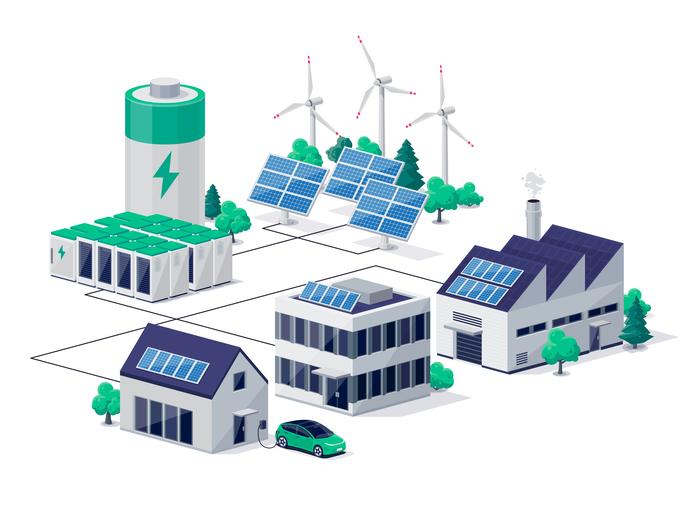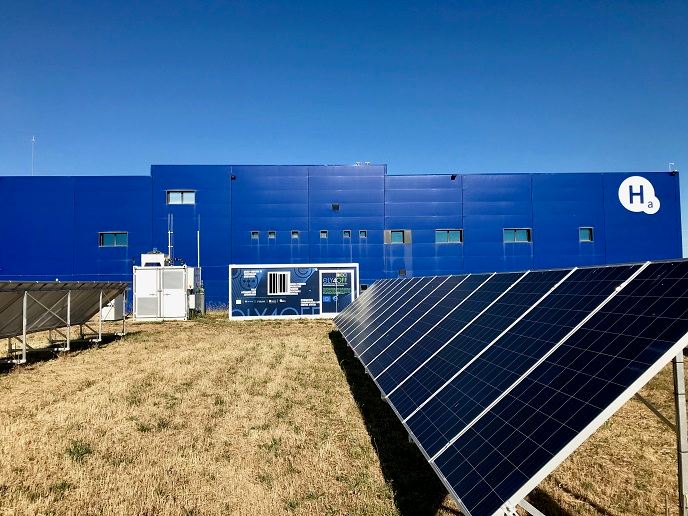New system converts waste oils into biofuel
Biofuels derived from yellow grease (used cooking oil) feedstock is arguably one of the most environmentally friendly liquid fuels because the primary ingredient is a waste product. Proper waste oil disposal and storage is necessary to avoid causing any negative impact on the environment. Currently, functional logistics automation systems that handle waste oils and oversee their reuse in an environmentally sound way are lacking. The BIOHEATINGOIL (Development of an automated processing method, a 'green box', for production of bio heating oil from waste sources) project found a route around this problem by developing a cost-effective automated technology that turns waste oils and fats into usable oil. A novel service function ensures that degraded oils or oils that have been stored for a long time gain their former properties and value. Ensuring that off-spec oils become on-spec by removing water and contaminants through filtering is an entirely new concept. In addition, state-of-the-art methods cannot handle waste from grease traps as the waste quality greatly varies and is thus difficult to process. However, the project's new technology improves current practices by providing a homogeneous output with a predetermined quality. Project members developed an automated system that it named a green box, which integrates several functions inside. Specific modules can adjust the levels of free fatty acids from 70 down to 5 %, water content from 3 000 down to 200 parts per million, and ash residue from 0.5 down to 0.015 %. In 1 hour, this pilot system can process 1 cubic metre of bio heating oil. Given that waste bio-oils and fats are used as inputs to the green box concept instead of fossil fuels, the technology promises to reduce carbon dioxide emissions. Engines and residential oil burners are some applications that should benefit from the BIOHEATINGOIL technology.







